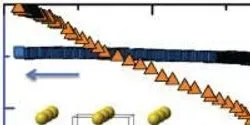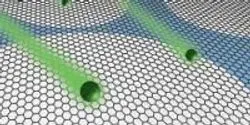Oak Ridge National Laboratory

Recycled tires could see new life in lithium-ion batteries that provide power to plug-in electric vehicles and store energy produced by wind and solar, say researchers at the Department of Energy’s Oak Ridge National Laboratory.

Oak Ridge National Laboratory is in hot water after offering its employees a class for “Southern accent reduction” last week, as reported by Campus Reform.

For the first time, scientists have a clearer understanding of how to control the appearance of a superconducting phase in a material, adding crucial fundamental knowledge and perhaps setting the stage for advances in the field of superconductivity.

Treating cadmium-telluride (CdTe) solar cell materials with cadmium-chloride improves their efficiency, but researchers have not fully understood why. Now, an atomic-scale examination of the thin-film solar cells led by the Department of Energy’s Oak Ridge National Laboratory has answered this decades-long debate about the materials’ photovoltaic efficiency increase after treatment.

Anasys Instruments Corp. has licensed a Department of Energy Oak Ridge National Laboratory technology that allows for simultaneous chemical and physical characterization and could lead to advances in materials and drug development.

A University of Alabama in Huntsville (UAH) biology professor's experiment that is set to fly to the International Space Station (ISS) could shed new light on the roles enzymes play in biological processes.

New technique developed at MIT produces highly selective filter materials, could lead to more efficient desalination.

Using a new microscopy method, researchers at the Department of Energy’s Oak Ridge National Laboratory can image and measure electrochemical processes in batteries in real time and at nanoscale resolution.











